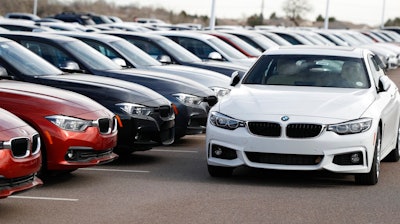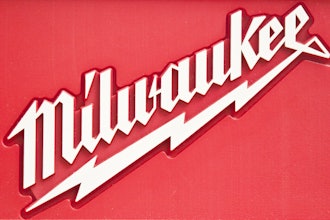
A number of automakers have offered free maintenance programs for over a decade as a way to sweeten the deal on a car lease or purchase. But in recent years, automakers have begun to reel in their plans by shortening the term, reducing the scope of coverage, or eliminating them altogether.
In light of all these perk reshufflings, it's worth asking: Should these free maintenance programs factor into your car-buying decision?
FREE MAINTENANCE ISN'T WHAT IT USED TO BE
Take someone deciding between a then-new 2016 vehicle from BMW and one from Audi. In 2016, BMW offered four years or 50,000 miles of free maintenance coverage and included the replacement of items that wear out, such a brake pads, brake rotors and windshield wipers; Audi only offered one initial maintenance service free of charge. These luxury cars can be expensive to maintain, so the savings undoubtedly tipped some cost-conscious shoppers toward BMW.
If you were buying a BMW today, you'd see that the coverage has been reduced to three years or 36,000 miles and now excludes wear items. It's still better than Audi's coverage, but the savings aren't as enticing.
Here's another example: For the 2019 model year, General Motors cut back on coverage for its Buick, Chevrolet and Cadillac brands. Cadillac vehicles now get just a complimentary initial service. That's a reduction from the three-year or 36,000-mile coverage offered for most 2017 and 2018 Cadillacs.
Consumers lose out on some savings: If you were buying a 2018 Cadillac, the free maintenance services would be worth around $1,054, according to an Edmunds analysis. For 2019, the service value is $250.
Chevrolet's 2019 vehicles come with the initial maintenance visit free. For 2018 vehicles, the coverage was two years or 24,000 miles. Savings went from $752 for 2018 to $173 for 2019.
In addition to annual changes that carmakers can make to plans, there's fine print to read. Some plans can be transferred to subsequent vehicle owners but others cannot. There also are often requirements on when maintenance must be done to be free. Jaguar, for example, requires that the car be serviced within one month or 1,000 miles of the recommended service interval.
A MARKET-DRIVEN BENEFIT
Tightening credit conditions are prompting automakers to carefully analyze their incentive spending, and free maintenance plans are constantly under review, said Jeremy Acevedo, Edmunds' manager of industry analysis.
"Free maintenance programs are expensive endeavors for automakers and may not be providing the differentiation that manufacturers had hoped they would," he said. "With these programs having been available for some time now, automakers can revisit them to assess where the value is for shoppers and what expensive elements can be eliminated."
PERKS FOR SOME
Some automakers are narrowing who can get free maintenance. Lincoln reserves its program for vehicles in the big-ticket Black Label trim level. Kia provides it only for its K900 luxury sedan. Subaru has its two-year or 24,000-mile Maintain the Love program that's good for all its new vehicles, but it's offered regionally through participating Subaru dealers. You'll need to visit a specific dealership's site to see if it offers the plan.
There are still a few generous free maintenance programs out there: Jaguar leads the pack with its five-year, 60,000-mile plan for 2019 vehicles, unchanged from 2018 and prior years. Genesis, Mini and Volvo offer three years or 36,000 miles. Toyota gives two years or 24,000 miles, with some additional coverage for its hydrogen-powered Mirai.
EDMUNDS SAYS: Free car maintenance is a nice perk. But when you're shopping, it's best to focus on the price of the vehicle itself. You can pay for maintenance with the money you save by negotiating a good deal.






















